Types of Pearls Explained
What do Princess Diana, Michelle Obama, and Coco Chanel have in common? They’ve all been spotted in Pearls! They’re also highly influential women, but that’s for another blog. Of course you don’t have to be royal or presidential to feel like a fashion icon. You can choose your own favorite Pearls straight from Amáli. But first, let’s get to know what makes Pearls so special!
How Pearls Are Formed
Pearls are formed within mollusks through a fascinating self-defense process. When an irritant enters the mollusk, the mollusk deploys a crystalline substance known as nacre to surround the irritant. Over time the mollusk surrounds the irritant with more layers of nacre, which eventually form what we know as a Pearl.
Take a moment to appreciate this inspirational origin story. Mollusks take what would be a huge annoyance and turn it into one of the most sought after gems in the jewelry world.
Cultured vs Natural Pearls
Like many gems, Pearls’ creation is often imitated. Pearl farmers start with natural oysters, but they insert an irritant to kickstart the process. They keep the Pearl oysters in a controlled environment where they can observe them until it’s time to harvest. Nearly all of the Pearls on the jewelry market are cultured, because natural Pearls are exceptionally rare. Natural Pearls can be exponentially more expensive than their farmed competition.
In the wild, many mollusks will bear Pearls, but very few of them will be large enough for use in jewelry. When farmers cultivate Pearls, they can speed up the process and even manipulate the shape of the Pearl. The end result still looks and feels very natural since it is made of the Pearl’s natural nacre.
Both cultured and natural Pearls are delicate and should be handled with care. Fortunately, the Pearl jewelry you buy is usually treated to make it more stable. But you should still avoid any harsh chemicals and try to keep your Pearls dry. Since they are low on the Mohs scale of hardness, you’ll want to keep them separate from other hard gems.
Freshwater vs Saltwater Pearls
The two broad distinctions of Pearls are freshwater and saltwater. As you might imagine, saltwater Pearls come from oceans and seas; freshwater Pearls come from rivers, glaciers, and ponds. Generally speaking, saltwater Pearls are much more rare, and therefore expensive. A saltwater mollusk typically only produces one or two Pearls in its lifetime. A freshwater mollusk can produce several at a time and as many as 120 in its lifetime!
What’s really interesting about freshwater Pearls is how greatly they vary in color, shape, and size. Some freshwater Pearls are perfectly round, almost like saltwater Pearls. Others can be irregularly shaped, also known as Baroque shaped. Like Diamonds, freshwater Pearls can come in a variety of colors from baby pink to chocolate.
At Amáli, we use a lot of spherical white freshwater Pearls, because of how beautifully they look with our 18k Yellow Gold woven chain. There’s something classically elegant about white Pearls against gold chain.
Tahitian Pearls
Tahitian Pearls are highly sought after Pearls from the French Polynesian islands and are the second rarest, only next to South Sea Pearls. Similarly to Akoya Pearls, Tahitian Pearls are usually a classic spherical shape and grow to be quite large before harvesting. Unlike other Pearls, Tahitian Pearls are known for their enchantingly dark hues.
Tahitian Pearls grow inside black-lipped oysters, hence the darker tones. The best-known Tahitian Pearl color is charcoal gray with shimmery overtones. But Tahitian Pearls can range from lighter gray all the way to black.
Tahitian Pearls are said to represent great wisdom and everlasting love. Stylewise, they’re quite diverse. Pair them with jeans and a blazer for an edgy yet polished look. Or wear them to a formal event for an added feel of luxury.
Mabe Pearls
Mabe Pearls are one of the most unique Pearls in color, shape, and origin. They are still formed inside of an oyster, but they form near the edge of the oyster, rather than in the meat. Since they are formed on the inner shell of the oyster, they develop a hemispherical shape. This shape actually makes them more durable than other Pearls, so they are suitable for rings.
Due to the nature of Mabe Pearls’ growth, they are also referred to as “blister Pearls”. But we think Mabe (pronounced mAH-bay) sounds a little more refined! It’s also worth noting that these natural beauties can be freshwater or saltwater. But the majority of the ones harvested for jewelry (including ours at Amáli) are of the freshwater variety.
Mabe Pearls are closest to Tahitian Pearls as far as color is concerned. They have darker undertones with more pronounced colorful overtones. Pearls like these are sure to garner attention however you style them!
Akoya Pearls
Akoya Pearls are your classic saltwater Pearls. Perfectly spherical and lustrous, they are ideal saltwater representatives of white Pearls. You’ll usually see them in white with pastel colored overtones, but they can also be light gray. Their soft colors make Akoya Pearls a lovely complement to cashmere.
Akoya Pearls are formed inside the Akoya oyster, which is mainly farmed in China and Japan. They are also found in Southeast Asia and Australia to a lesser extent. As saltwater Pearls, they are rare, but not quite as rare as South Sea Pearls.
South Sea Pearls
South Sea Pearls are the Champagne of Pearls. Only Pearls harvested from one type of mollusk–the Pinctada maxima oysters–are considered South Sea Pearls. This oyster comes in two varieties: silver-lipped and gold-lipped. The silver-lipped oysters produce stunning white Pearls, and the gold-lipped oysters actually produce gold colored Pearls. So you could really say it’s the gold standard of Pearls!
Saltwater Pearls are rare as it is. Add the fact that these Pearls only come from one type of oyster, and you have the rarest type of Pearl on the market. These are not easily found, and when you do find them, they come with a hefty price tag.
Which Pearls Are Right for You?
As always, we at Amáli say to choose the jewelry that speaks to you personally. And with Pearls, you’re sure to find one that suits your style! From the classic elegance of freshwater white to the show-stopping allure of Tahitian, there’s truly a Pearl for every jewelry lover.
Recommended Articles

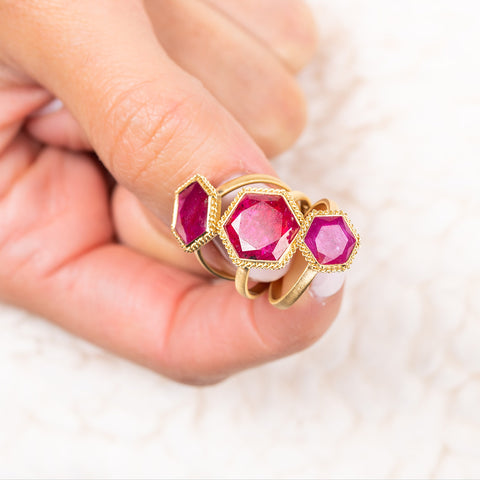
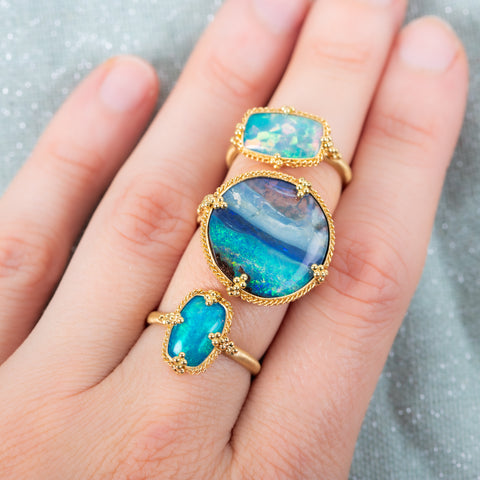
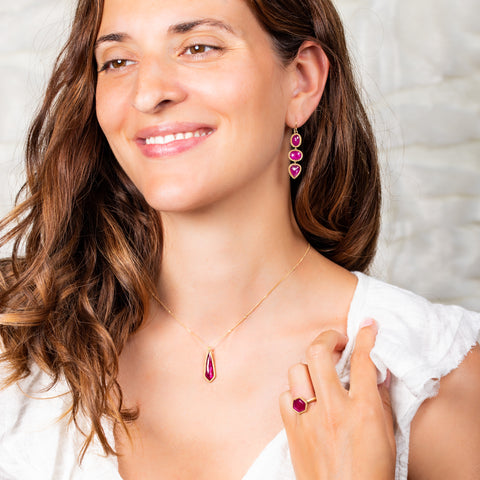
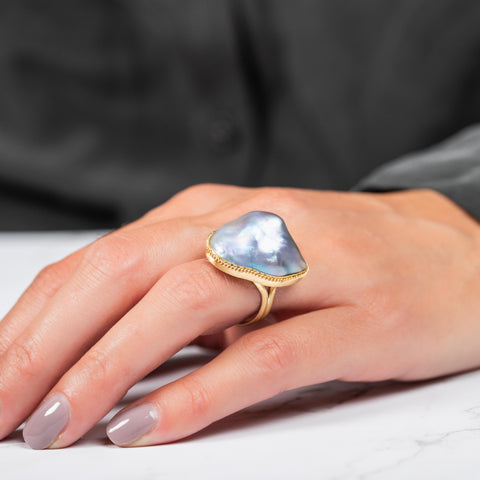



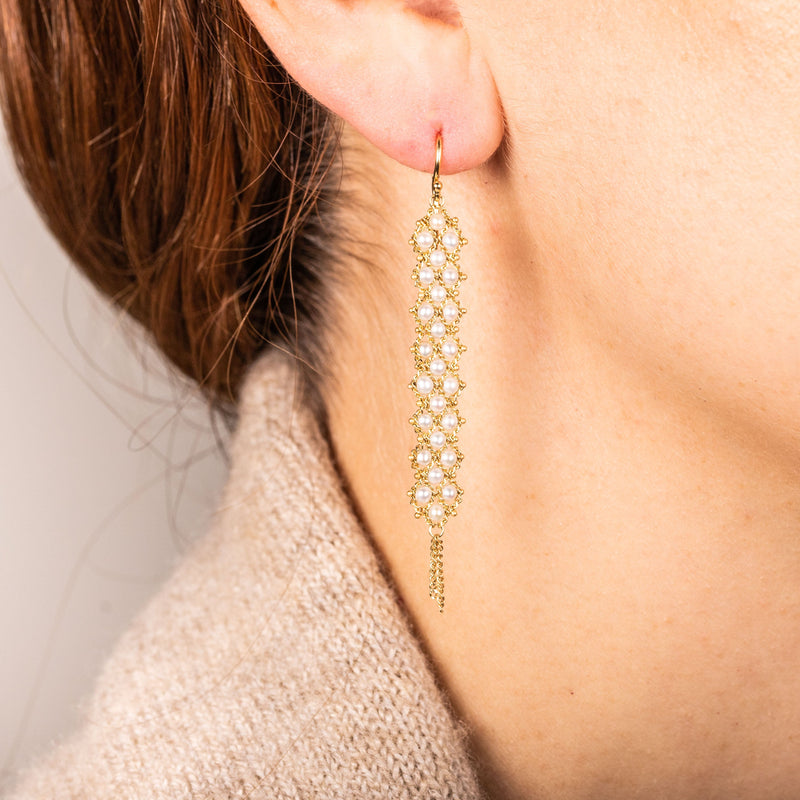
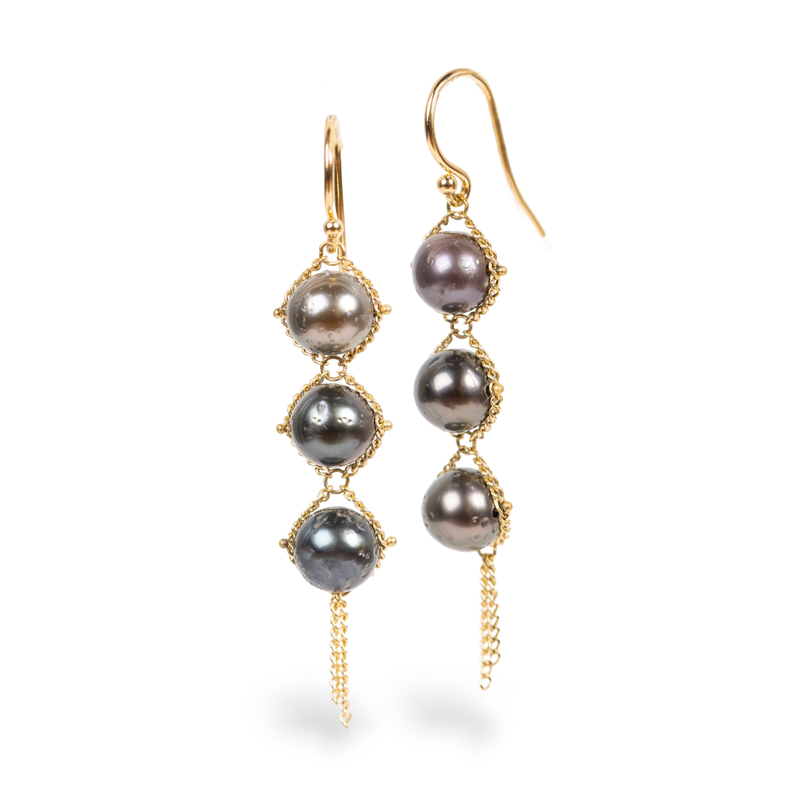

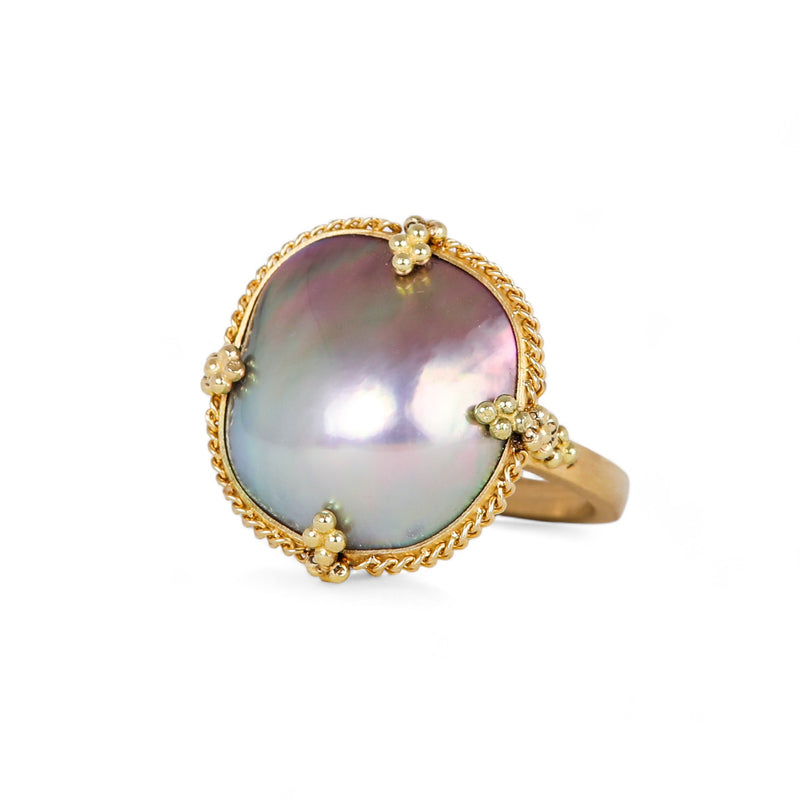

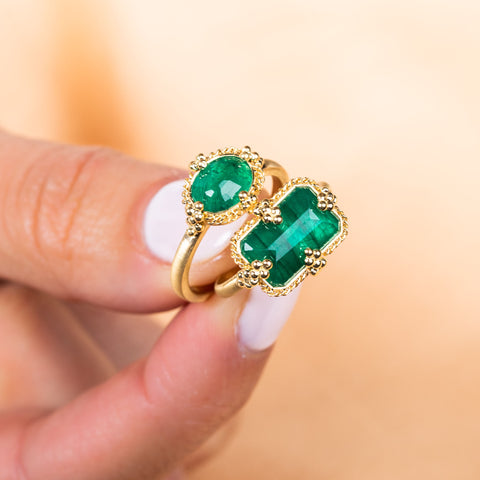
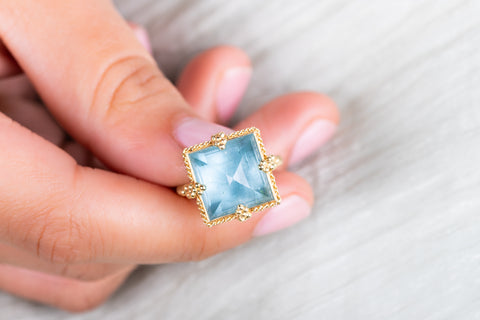
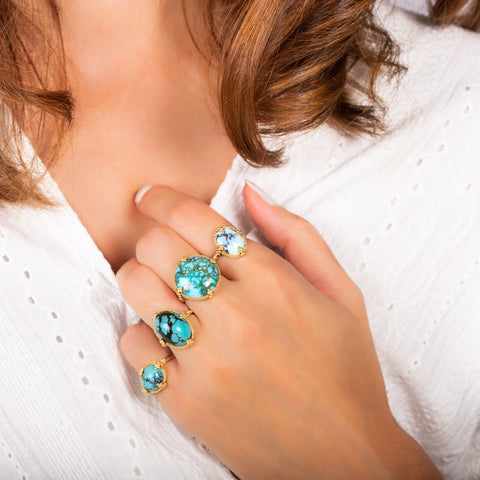

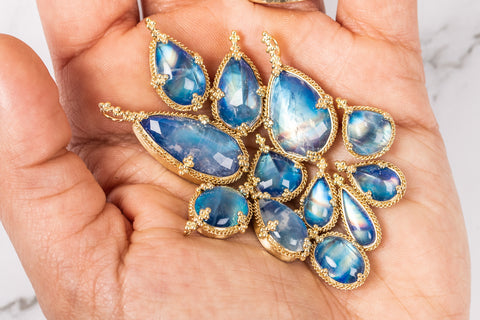
Comments (4)
Silvernika’s designs continue to amaze with their perfect blend of modern chic and timeless elegance. Each piece is a true work of art, meticulously crafted to capture both innovative spirit and classic allure. Whether you’re looking for a bold statement piece or a subtle accent, their collection elevates every look with undeniable sophistication.
Silvernika’s designs continue to amaze with their perfect blend of modern chic and timeless elegance. Each piece is a true work of art, meticulously crafted to capture both innovative spirit and classic allure. Whether you’re looking for a bold statement piece or a subtle accent, their collection elevates every look with undeniable sophistication.
Very Nice Blog on Jewellery, your Gems are really good and unique. It helped me gain a lot of knowledge.
Visit us : https://www.goodstonejewels.com/collections/black-opal-ring
Thank you for the information. 🙂